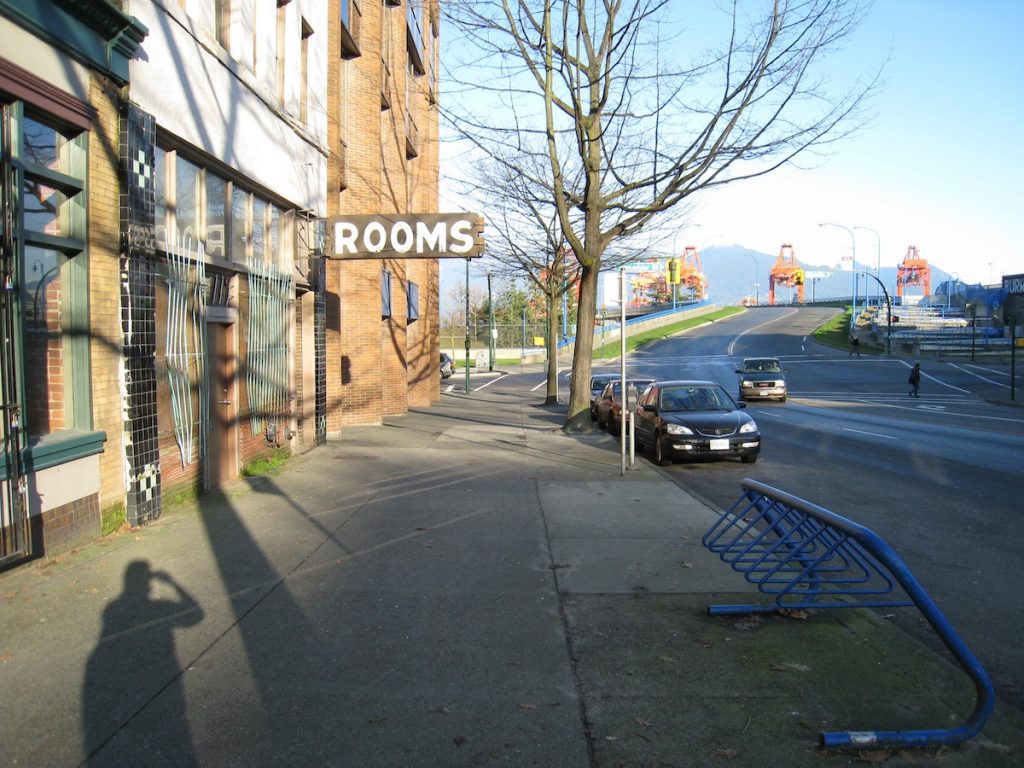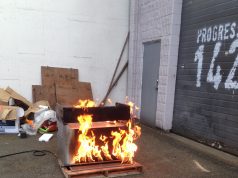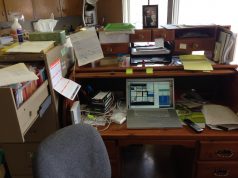
I was in first year university when I finally got access to the world wide web, where there was something for everyone. Faced with the vastness of “anything”, I could only think of one thing to search for, and I ended up with a recipe for pesto shrimp with bow-tie pasta. I still have it around here, somewhere. But I never bothered making it.
It’s telling that when grappling with the amorphously huge web of knowledge that the internet is, my impulse was to focus on something very familiar, very universal, very physical. Even now, users access the internet for all sorts of reasons, but it is a deeply human impulse that seems to drive many of us to our screens. Social networks like Facebook, Twitter, and Instagram are about making connections, about bridging distance and difference with a cute cat video, or a pithy statement, or a picture of what I had for lunch. How deep and meaningful those connections are is arguable and variable. I can’t imagine raising my son so far from his grandparents without access to video-chat.
Internet connectivity and the near ubiquity of connection devices for the creative-middle-class (and that’s a whole other blog post) have changed the kind of work I do, who I’m working with, and how I’m doing that work. Yet, at the core, my work is still driven by a very human desire to connect people with people, and to navigate distance and difference. These are very Neworld ideas to me. As is the notion of using popular forms to engage with challenging ideas and subject matter. And the internet is nothing if not popular.
This line of thinking is what draws Neworld to the SpiderWebShow as a place to engage with these ideas and see how they can relate – and possibly change – the way theatre is practiced.
Is a digital theatre possible? I’m betting “yes”. But I’m also willing to bet that it’s not going to look like what we think it’s going to look like. If theatre is partly defined as a place where groups gather together to witness a shared event, I ask: must that gathering always be of physical bodies? Do our “selves” not extend beyond those bodies, through our senses, our minds, our imaginations. Our fingers may be busy scrolling, but our minds are flying around the world at the speed of data. If this is true, it follows that a gathering can be of our consciousnesses. And given the asynchronous nature of time on the internet, we may not all have to be there at the same moment!
Exploring these ideas through discussion and experimentation are, to me, critical at a time when so many of us move seamlessly between the physical and digital worlds many times every day.
“But what does the internet have to do with us? We work in real time and real space!”
Yes, we do. But to me, that’s like Canada Post saying, “why worry, people will always have to mail letters.”
“But it’s experimental!”
YES, and that’s the beauty of the space that the SpiderWebShow provides. It allows for wild imagining, bold choices, and failure. It lets us apply all we know of storytelling and devising site-responsive works to a place that is only defined by our ability to develop code and the speed of our servers. The imagination truly can reign supreme.
And in the same way that IRL[1] theatre tools are applied to the virtual space, perhaps here we shall invent new tools that will loop back into the theatres of body and breath.
Theatre is a marginal art-form. It does not exist in the mainstream experience of most Canadians. In order to bridge this gap, we – as a community of makers and supporters – need to examine how our work relates to how people live. I’m thinking of this in a very sociological kind of way. A hundred years from now, would a researcher looking at the relationship of theatre to social and political movements of the early 21st century be able to write a paragraph, a chapter, or a book? The SpiderWebShow, and the #CdnCult Times in particular, are creating an archive of our times. But the project is also asking us as practitioners, to think of our work in the context – and even as a product of – trends in a rapidly paced and highly mediated society.
Finally, I’m very excited about the SpiderWebShow as a space for artists. When Camyar Chai founded Neworld with Tom Scholte and Mara Coward in 1994, he envisioned the company as an artistic home; a space where creators could feel comfortable and free to take the risk of engaging with content or forms without exactly knowing how it would work itself out on the stage. We are pleased to join the National Arts Centre and Praxis Theatre – two companies whose work we admire and are engaged by – in grappling with these, and other, questions.
[1] “In Real Life”









